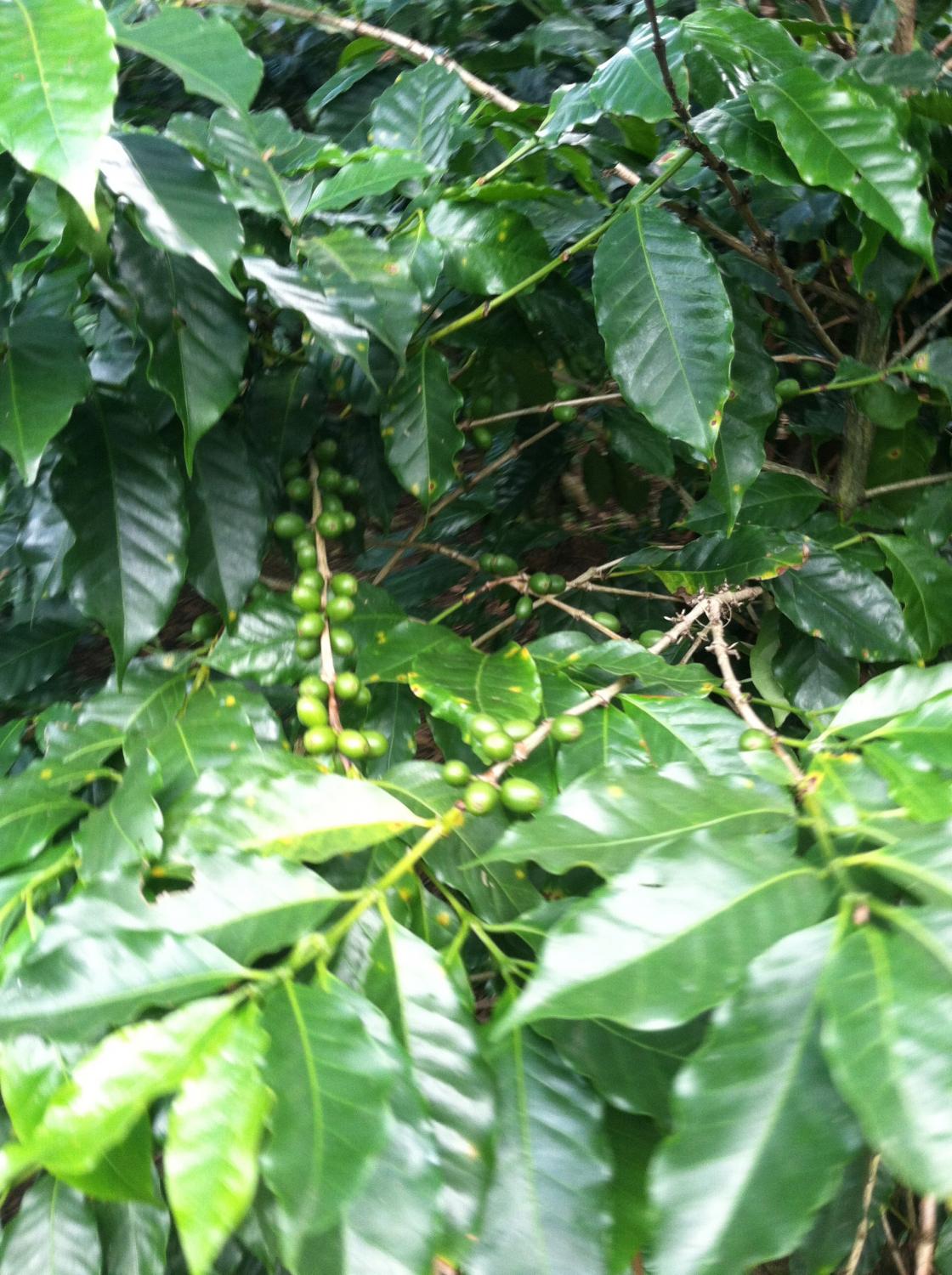

There are very few things I look forward to in the morning. Particularly here in Huatusco, Mexico I am not very fond of the ENORMOUS rooster next door that bellows 5am morning sermons to all the sinners (me) who dares to sleep in late. I also don’t look forward to having to uncover myself from my soft, warm and protective blankets that shield me from the cold, bitter mornings. However, the light at the end of the tunnel for me is knowing that my favorite meal of the day is breakfast, which is usually accompanied by a black cup of coffee.
After discovering that I was going to spend part of my Kiva Fellowship working with "La Union Regional De Pequenos Productores De Cafe Huatusco", a Free Trade Coffee Cooperative, I was excited to be granted the opportunity to better understand the process of how a coffee bean makes it to my mug as a liquid energizer (and sometimes stomach agitator).
Huatusco is in the state of Veracruz, a small town where the landscape is dominated by Mount Orizaba. Much of the coffee from Mexico comes from the state of Veracruz due to its ideal natural conditions to produce some of the world's best coffee. Even though Mexico faces stark competition from other Latin American countries such as Colombia and Brazil, it still exports plenty of coffee to the United States and Europe and remains an integral participant in the coffee industry.
On my second day I was invited to visit the “Beneficio” where coffee from around the region is collected and produced. It is there that I am shown the intricacies of coffee processing:
First, once the cherries are at the “beneficio” the skin and pulp are stripped from the bean. They are stripped by having the bean pressed through a screen with water. To fully cleanse the bean of its garments, the beans are mechanically scrubbed.
 'Round & 'Round
'Round & 'RoundOnce separated, the pulp is sifted and falls to the ground from the machine. The pulp is actually used as compost after being dried out, which is a fantastic way of recycling leftovers. As for the beans, they need to be separated even more. They are pushed upwards through a tube by air pressure and into distinct channels. The heavier ones float towards the bottom, the light ones float towards the top. Once separated the beans are fermented in large metal cylinders. They can remain there from anywhere between 1 or 2 days. They are then taken out to dry out in the sun. Once they are dry enough, the entire husk is removed.
 A lot of coffee beans
A lot of coffee beansPerhaps the most fascinating and important part of the whole process is the final step. The Grading. I met and spoke with the “catador” (or the “test taster” in english) at the Beneficio. He told me that every few years he and his fellow “catadores” have to get certified internationally to continue testing the taste and aroma of the coffee. He explained that the tests are not easy, as you must be able to identify over 50 different aromas and tastes! Some tests even combine three different tastes in one cup. Fair Trade can be pretty strict too, he explained, demanding only the best quality for their customers.
It was a terrific learning experience for me to see firsthand the various stages of preparing the coffee bean. I will certainly be dreaming of Mexico the next time I sip some coffee back home (as long as that rooster doesn’t interrupt and wake me up).
PREVIOUS ARTICLE
Filming for Kiva, Philippines take FIVE →NEXT ARTICLE
Cultivating youth enterprises with Kiva Zip →













